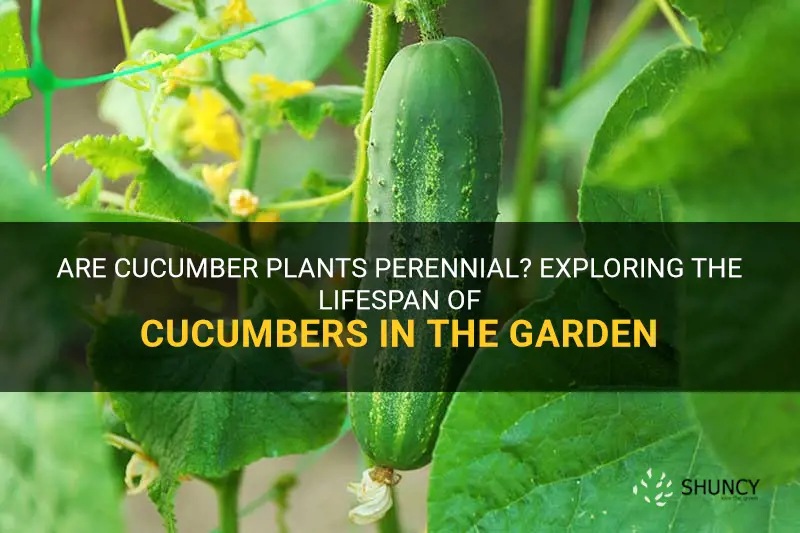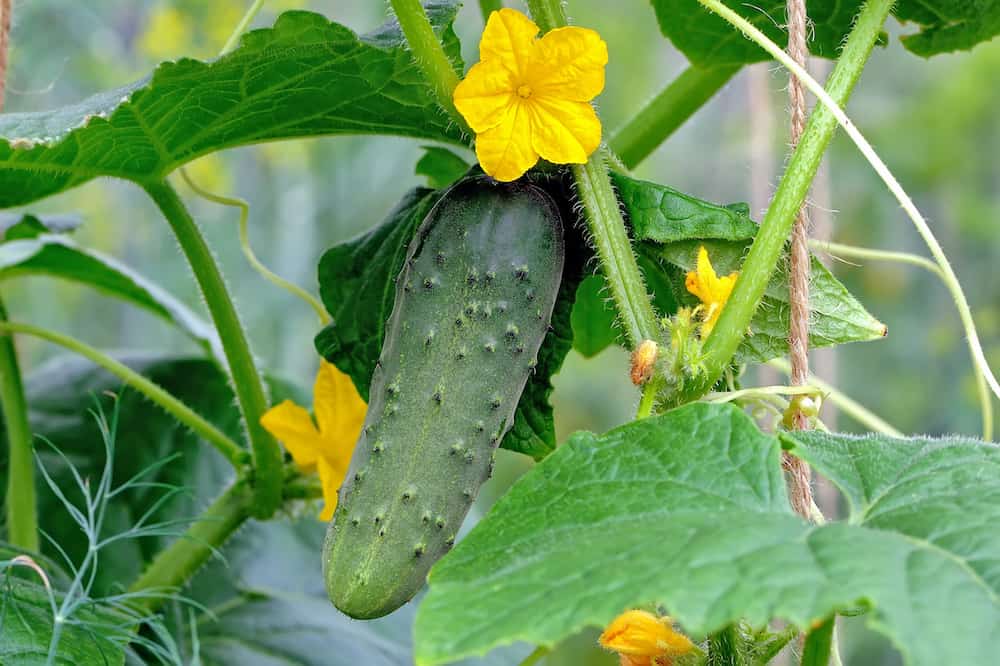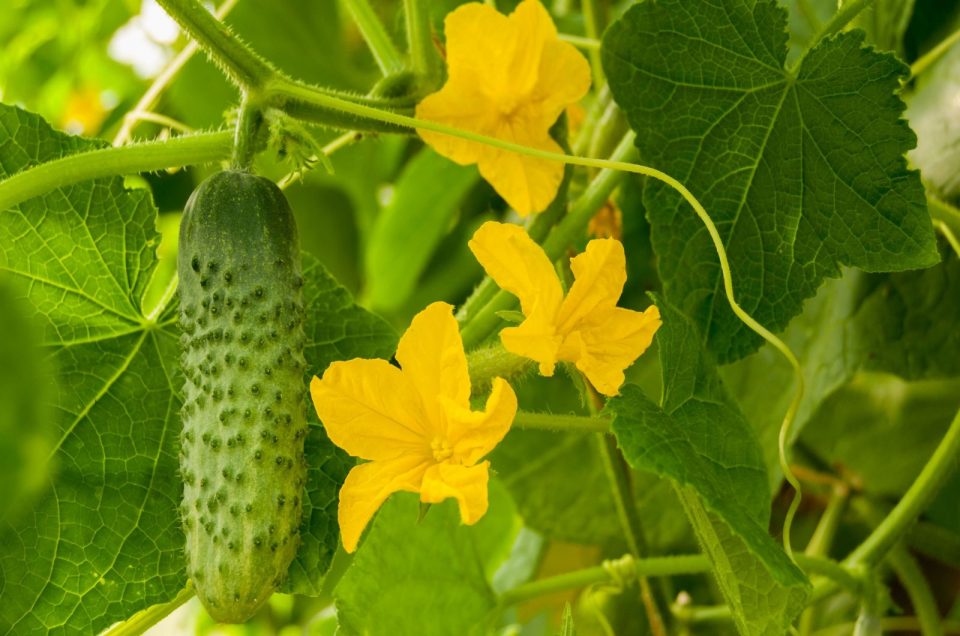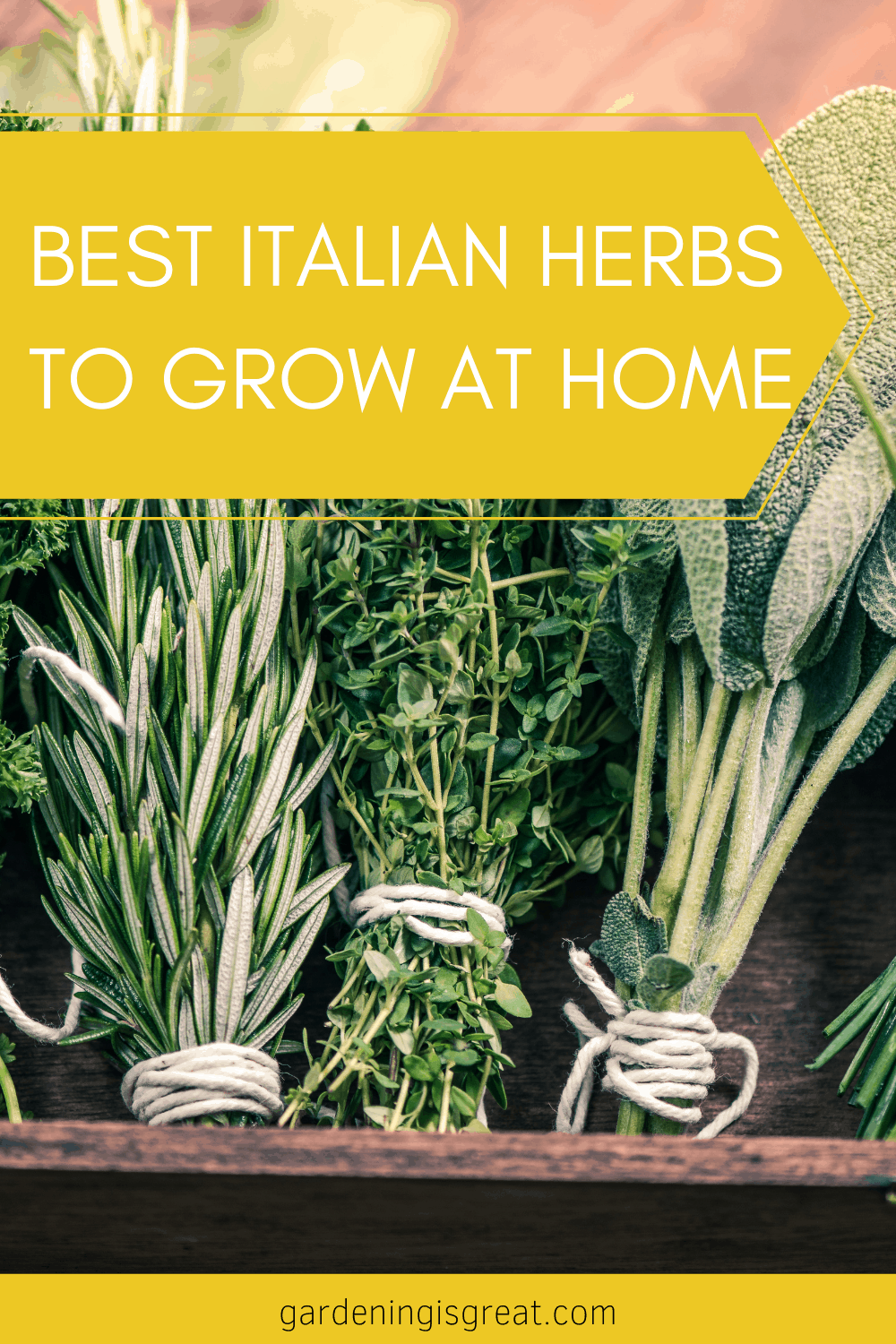Are Cucumber Plants Perennial? Data-Driven Insights for Gardeners

Every year, garden centers make a killing selling cucumber seeds and seedlings to the same hopeful customers. It’s become gospel: “Cucumbers are annuals—plant fresh every spring.” But here’s where I push back: following this rule without question can actually hold you back from smarter, more resilient gardening.

Let’s get real. The annual-vs-perennial debate around cucumbers isn’t just about botany—it’s about garden strategy. Most advice will tell you to accept that once frost hits, your cucumber patch is a graveyard until you buy new seeds. But in my experience (and after watching plenty of gardeners waste money and effort), there’s a more nuanced—and frankly, less wasteful—way to approach cukes.
Why I Stopped Treating Cucumbers Like Disposable Plants
Back in 2019, after losing a full bed of prized Armenian cucumbers to an early September frost, I started questioning the “annual” dogma. Sure, science says Cucumis sativus completes its lifecycle in one season… but so do tomatoes and peppers in cold zones—yet people overwinter those indoors for a jump start. Why not experiment with cucumbers?
That winter, instead of composting my healthiest vines’ roots, I dug up two mature cuke plants (roots and all) right before first frost and potted them indoors under LED grow lights. They sulked for weeks—leaves yellowed and vines drooped—but by late January, both sent out new shoots from their old crowns. By March, I’d harvested baby cucumbers while snow still blanketed the backyard.
Did these overwintered plants outperform fresh spring transplants? Not exactly—the yield was modest—but they proved something most guides ignore: cucumbers aren’t genetically programmed for death each fall; they’re victims of climate convention.

The Volunteer Trap: Why Relying on Nature Alone Fails
Another “accepted wisdom” is that volunteer cukes popping up from last year’s seed are always weaker or unreliable. My data disagrees: In beds mulched thickly with straw (minimum 6 inches), self-sown seedlings sprouted vigorously come May—well ahead of any direct-sown seeds put in at the same time.
Here’s the kicker: Of four volunteer plants one year, two produced bigger fruits than my catalog-bought hybrids. The tradeoff? Absolute chaos in vine placement (nature doesn’t care about your neat rows) and zero disease resistance compared to controlled seed stock. Still—I got fruit weeks earlier than neighbors who waited for “last frost plus two weeks.”
Should You Try Perennial-Style Cucumber Growing?
If you live in USDA Zone 9 or warmer—and have access to cloches or polytunnels—don’t accept death-by-frost as inevitable. Try overwintering one or two plants indoors or under cover as insurance against unpredictable weather swings (which seem to be getting worse every decade). Even if only half survive, you’ll get an early crop edge and save on seed costs.
In cooler zones? Experiment with ultra-thick mulch over old roots post-harvest; sometimes they’ll surprise you with spring shoots (especially after mild winters). At worst, you’re improving soil structure for next year anyway.

The Contrarian Cucumber Routine That Works
Forget what every glossy magazine tells you about tossing everything each fall and buying new every spring. Here’s what actually delivers:
- Test Overwintering
- Uproot healthy late-season vines before hard frost.
- Pot up using high-drainage mix; cut back foliage to reduce stress.
- Grow under strong lights indoors (~14 hours/day).
- Mulch Like Crazy
- Leave some healthy roots in ground.
- Top with 8+ inches straw/leaves/grass clippings.
- Watch for surprise sprouts in spring.
- Stagger Plantings
- Instead of planting all at once post-frost, try sowing half your seeds three weeks early under row covers/cloches.
- Direct sow others later as backup.
- Save Your Own Seed
- Let a few fruits mature fully on the vine late summer.
- Dry the seeds thoroughly; they often outperform store-bought due to local adaptation.
- Reject “One Size Fits All” Advice
- Track your own results: journal sow dates, yields per plant type (hybrid vs volunteer), flavor notes.
- Adjust yearly based on your microclimate—not generic recommendations.
Learning From Failures
First attempts were humbling: five out of six indoor-overwintered cukes died from spider mites because I didn’t increase humidity enough—or bother with sticky traps until it was too late! Now I run two small humidifiers during winter grow sessions and rotate pots weekly for better airflow.
And don’t be fooled by armchair experts online who claim volunteers never amount to much—the record stands at 23 pounds harvested from a single rogue plant growing behind my compost heap (2022). Did it look pretty? No way—it tangled into my tomatoes like green spaghetti—but it fed us all July.
What Conventional Guides Never Tell You
- Container-grown cucumbers can be kept alive indoors if you mimic summer daylength and keep leaves misted daily—expect lower but earlier yields.
- Volunteer seedlings act as living experiments—they may surprise you with vigor or collapse from mildew; it costs nothing to let them try.
- Old root crowns left under deep mulch occasionally resprout—it won’t work every year but when it does, you’re ahead of schedule without lifting a finger.
Takeaway For Real Gardeners
Don’t blindly follow traditions set by mass-market seed catalogs or extension offices catering only to “average” conditions. Challenge yourself this season:
- Save your healthiest vines’ roots if space allows
- Mulch deeply over spent beds
- Allow volunteers—a few wild cards never hurt
- Keep records—find what works in your yard
Above all? Remember that even failed experiments yield information stores can’t sell—a lesson worth far more than another $3 pack of seeds next March.
So next time someone tells you “cucumbers are strictly annuals,” just nod politely—and go see what happens when you break the rules for yourself. Sometimes ignoring conventional wisdom is how great gardens happen.



